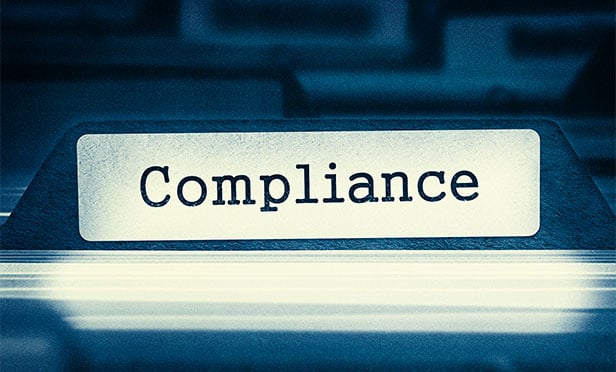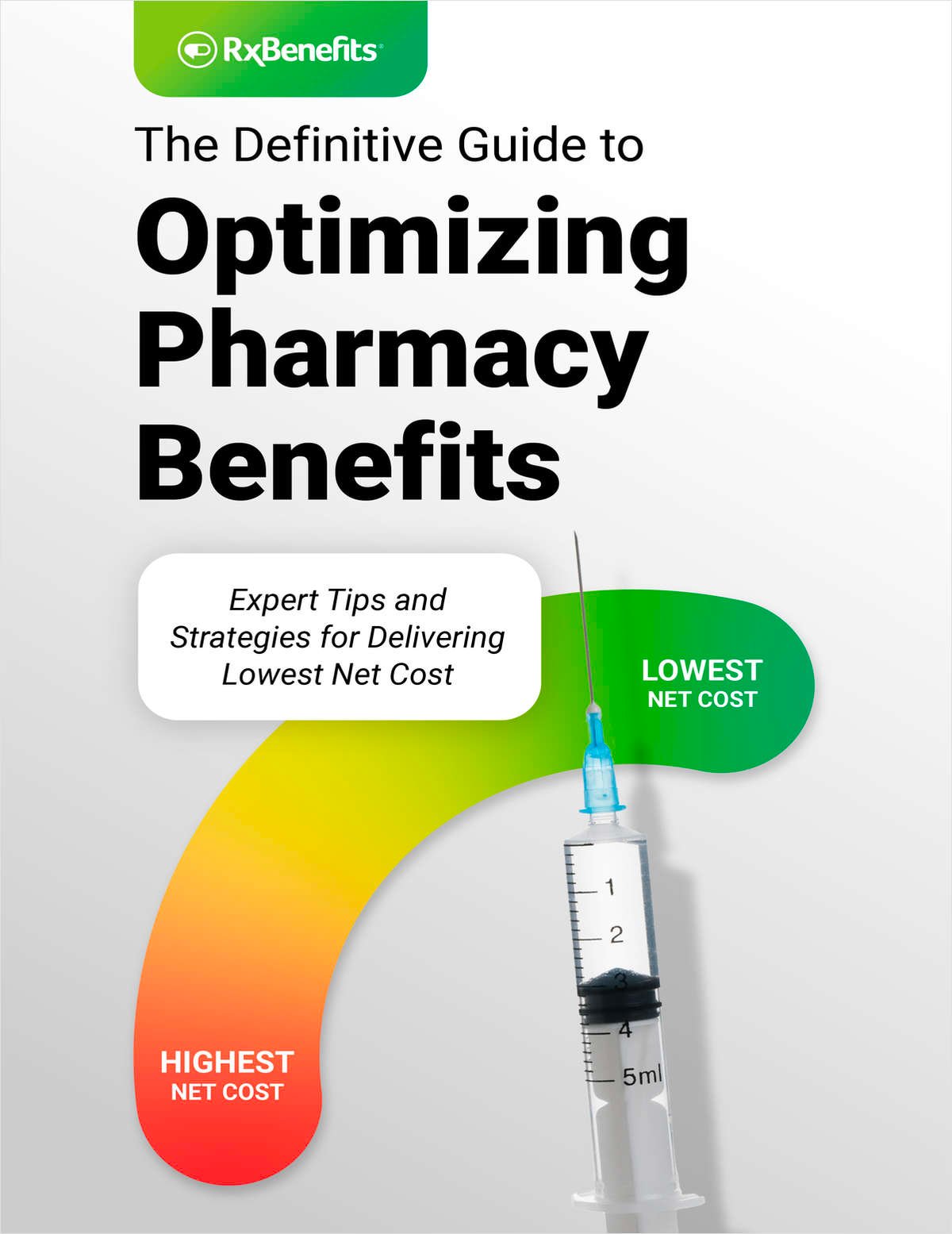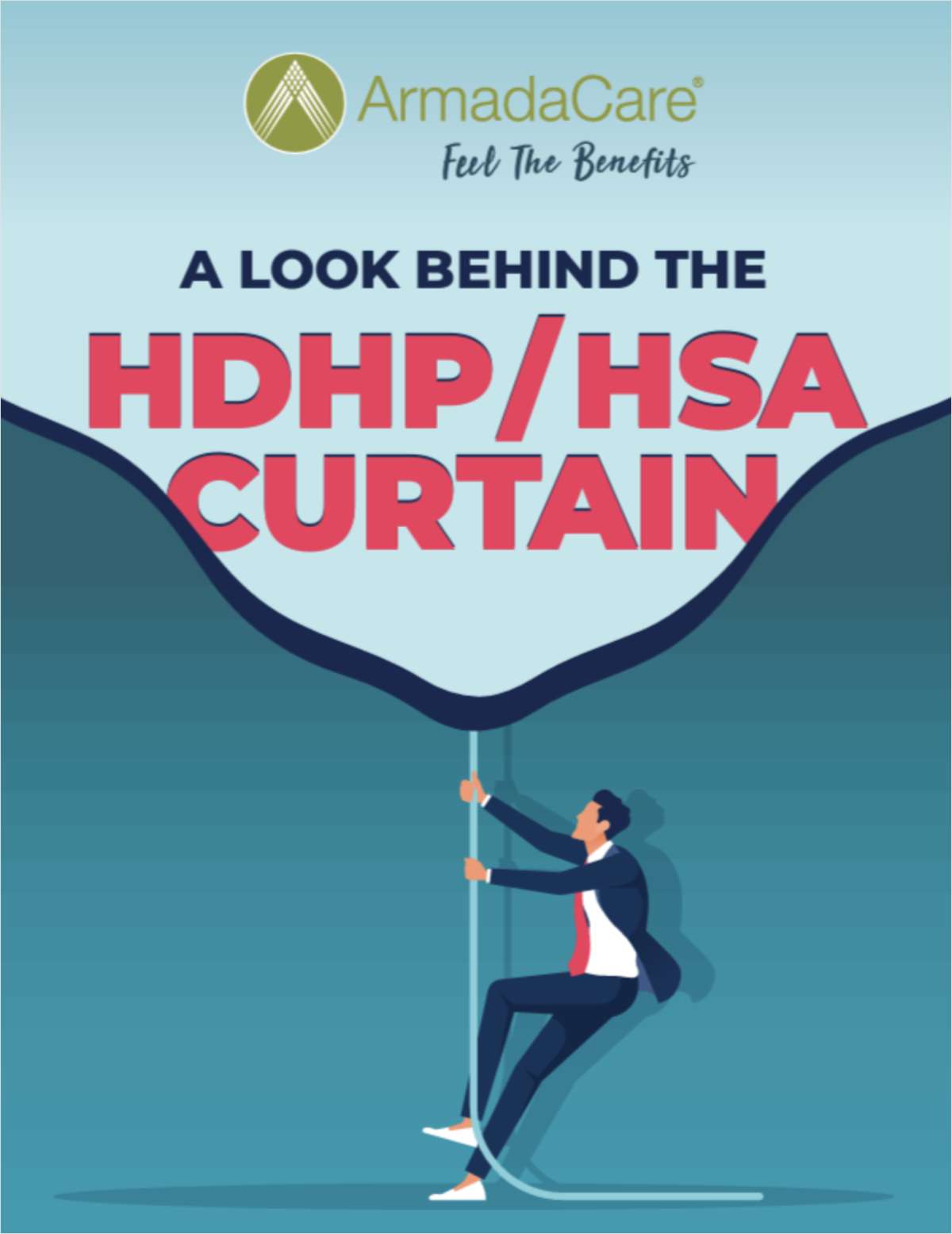For Americans needing an annual check-up, a flu vaccination or infection treated, retail clinics are an easy way to do that. Users point to convenience — extended operating hours, walk-in visits and convenient locations.
That's the primary reason retail health clinics are booming, according to a new report. But despite persistent predictions of massive growth on the horizon, it's still not as much as it could be — or will be — researchers note.
The percentage of American families using retail clinics in the last year nearly tripled between 2007 and 2010, from 1.2 percent of families to 2.9 percent, according a report by the Center for Studying Health System Change, a nonpartisan policy research group. The Robert Wood Johnson Foundation funded the study.
Continue Reading for Free
Register and gain access to:
- Breaking benefits news and analysis, on-site and via our newsletters and custom alerts
- Educational webcasts, white papers, and ebooks from industry thought leaders
- Critical converage of the property casualty insurance and financial advisory markets on our other ALM sites, PropertyCasualty360 and ThinkAdvisor
Already have an account? Sign In Now
© 2024 ALM Global, LLC, All Rights Reserved. Request academic re-use from www.copyright.com. All other uses, submit a request to [email protected]. For more information visit Asset & Logo Licensing.








